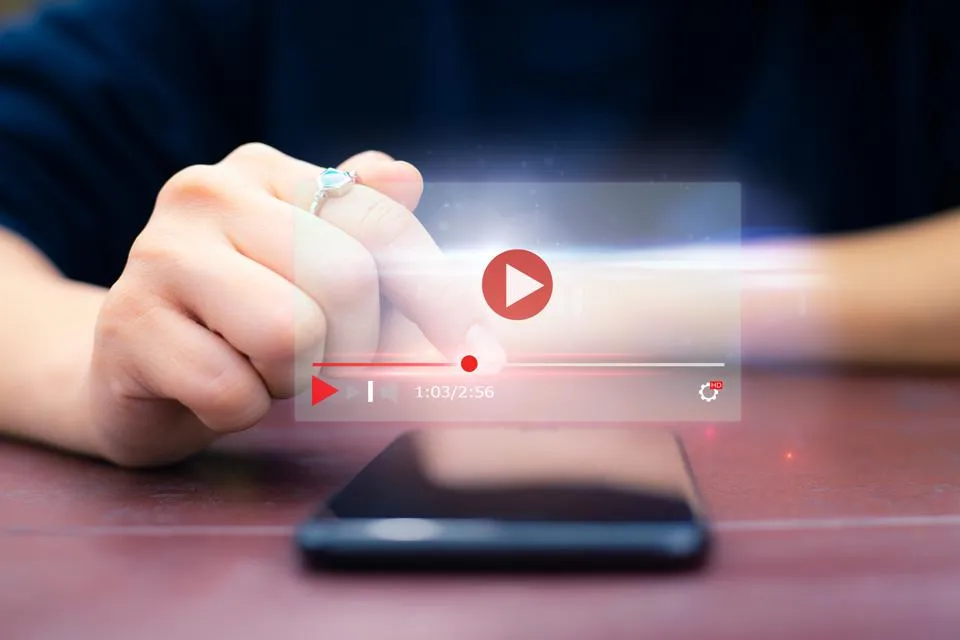Table of Contents
Last week, I looked at the history of the Ouija board and how what was for decades seen as a harmless parlour game became a pop culture icon as a gateway to demonic forces. But I left untouched the question: what do Ouija boards really do?
Well, what they really do is respond to us – even when we swear black and blue that we’re not doing anything.
Ouija boards work in response to what is known as the ideomotor effect. The ideomotor effect has been known about for nearly 170 years. The first paper on the effect was published in 1852. Physician and physiologist William Benjamin Carter examined automatic muscular movements that occur without our conscious volition. Poker players know these movements as “tells”: the automatic responses of a player on seeing cards in their hand. Ideomotor effects have a long history in paranormal phenomena, too: Michael Faraday concluded in 1853 that “table-turning”, a popular spiritualist pastime, was due to the ideomotor actions of the participants.
The ideomotor effect is very powerful. Ideomotor actions feel for all the world as if they’re caused by some other agency. At the least they do not feel like something we are actually doing, leaving it up to some mysterious external agency. For instance, back when I trained in martial arts, in the dojo one day someone charged at me from behind without warning. Before I barely realised what was happening, they were on the mat. Without even thinking about it, I’d sidestepped and, barely even touching them, deflected their momentum. If I’d tried to do it, I probably couldn’t have. It was as if someone else did it for me.
In a group setting, where Ouija boards are typically used – with the added atmosphere of dim lights and pent-up suspense – such ideomotor effects are amplified. Everyone truthfully – because these are unconscious actions, remember – avows that it’s not them. The natural conclusion is that it’s some otherworldly entity moving the planchette (the little triangular board on wheels used to point to answers on the Ouija board).
While this punctures the superstition that the Ouija board is a gateway to otherworldly, especially demonic, forces, it also makes it tremendously interesting to researchers into consciousness – and unconsciousness.
Canadian researchers, at the University of British Columbia’s Visual Cognition Lab, have been conducting Ouija experiments, with interesting results.
Psychology and Philosophy of Mind have both long held that there are different levels of consciousness or mind – not without controversy. Some philosophers of Mind deny that there is, in fact, any such thing as “consciousness”: it’s all an illusion conjured up by the brain. In fact, it’s hard to even get an agreed-upon definition of “consciousness”. Most people, though, would generally agree with the proposition that “conscious” refers to the thoughts that one is generally aware of having (the “Cartesian theatre”, as it’s known) while “unconscious” means those brain processes that go on without us even being aware: making us blink, our hearts beat, our lungs breathe.
But the Canadian researchers, including Dr Ron Rensink, Hélène Gauchou and Dr Sidney Fels, have conducted a series of experiments that suggest our unconscious minds are capable of much more than merely reminding us to breathe in, breathe out.
Their first experiments were conducted with a robot supposedly operating the Ouija board in tandem with a human subject. The human participant was told, however, that the robot was really being operated by a person in another room, watching via teleconferencing. In reality, the robot amplified the participant’s ideomotor motions. The person on teleconferencing was really just a ploy, designed to let the actual participant think that it wasn’t them controlling the planchette at all.
Participants were asked to guess a series of factual questions. First, they were asked to respond themselves, verbally. Then, they were told to let the Ouija board answer. An interesting phenomenon followed.
On the verbal responses – where their conscious minds were responding – participants guessed right about 50 percent of the time. But when their subconscious answered, via the Ouija board, the correct answers shot up to 65 percent.
Another set of experiments ditched the robot. Instead, two human participants operated the board, with one of them being a plant by the researchers. Both participants were blindfolded and at some point, the plant surreptitiously removed their hand from the planchette. So, the real participant was operating the board alone, while still believing that they were working in tandem.
Not only did the correct guesses match the robot results, but some participants actually complained that the other person was moving the planchette around.
So, what’s going on? Well, firstly, people often know more than they think they do. The Ouija board seems to allow the unconscious mind to work around the conscious inhibitions against making a wrong guess.
Fascinating, perhaps, but so what? Well, the researchers think it could tell us much more, useful information. After all, it was only when patients were subjected to controlled tests that the bizarre manifestations of otherwise normal-seeming post-lobotomy patients became apparent.
Perhaps there really are different levels of mind, processing information at different levels. Are they affected differently, perhaps, by cognitive impairment or neurodegenerative diseases? If so, Ouija-type tests might show up such illnesses before they ever manifest openly.
If you enjoyed this BFD article please consider sharing it with your friends.






